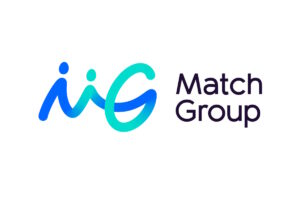
Dating apps aren’t just about romance anymore—today’s singles want options, and happn is here to deliver. A recent survey shows 77% of Indian singles are hyped about forming friendships on dating apps. Turns out, 1 in 4 Indian singles have already turned app connections into meaningful friendships, and 51% say they’ve stayed friends with someone they once dated. Relationships are getting a major glow-up, and happn’s new feature is leading the charge.
Enter Relationships, happn’s latest innovation that gives users the freedom to choose exactly what they’re looking for. It’s a personalized, inclusive way to define connections based on unique intentions. This innovative update empowers users to choose from a range of relationship types that reflect modern dating dynamics Whether it’s a long-term relationship, a casual hangout, or even a “let’s see where this goes” vibe, the feature is all about embracing how relationships actually work IRL.
Read the full article on the Deccan Chronicle.





